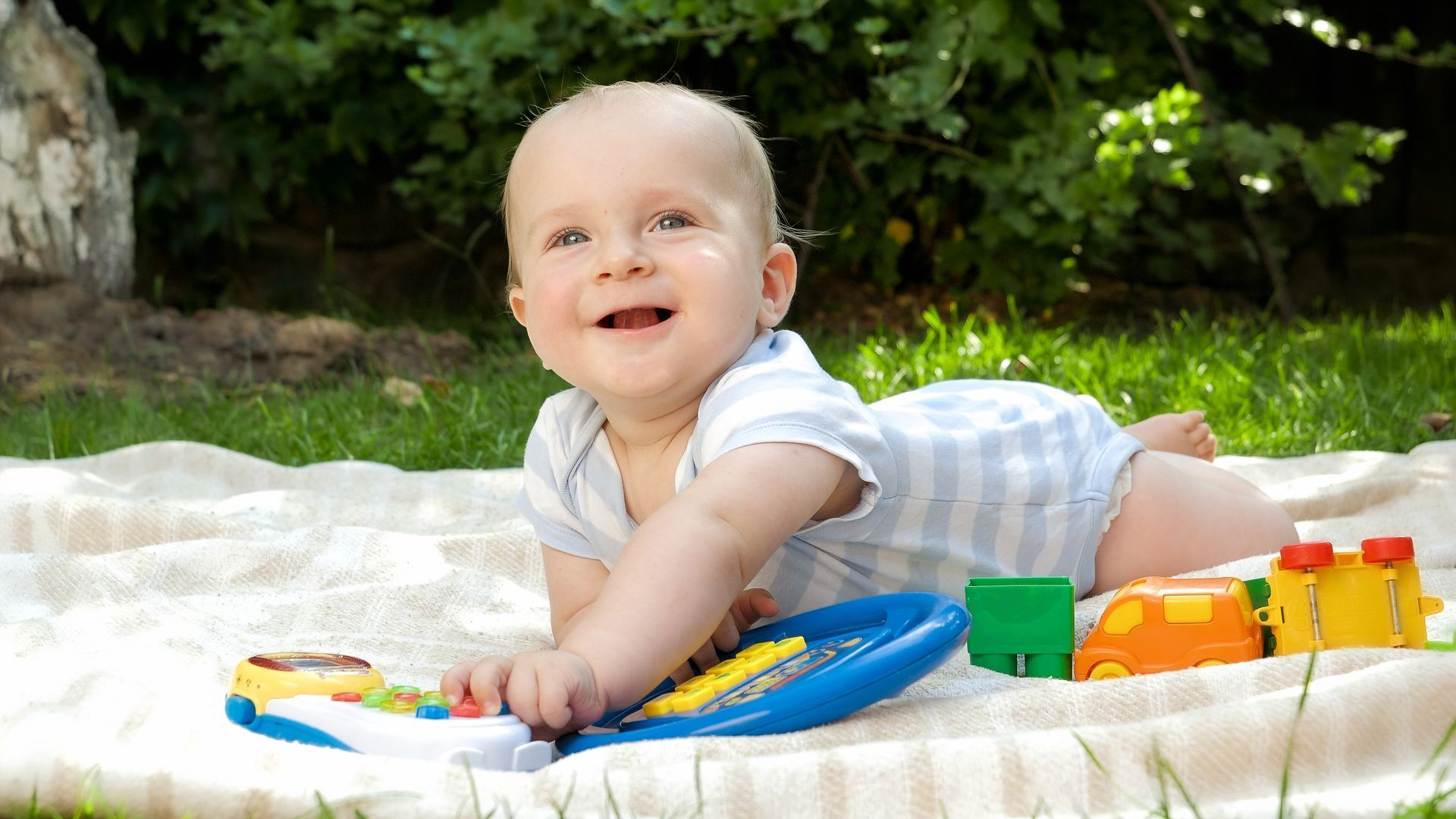Measles Information :
Go to Practice News for more information
Meet N Greets
Leesburg Office 12-12:30 pm May 9th, 23rd/June 6th, 20th/July 11th, 25th with Dr. Saliba
Sterling Office 12-12:30 pm May14th, 28th/June 11th, 25th/July 9th, 23rd with Dr. Bukhari
Please call ahead of time to reserve a date and location...






